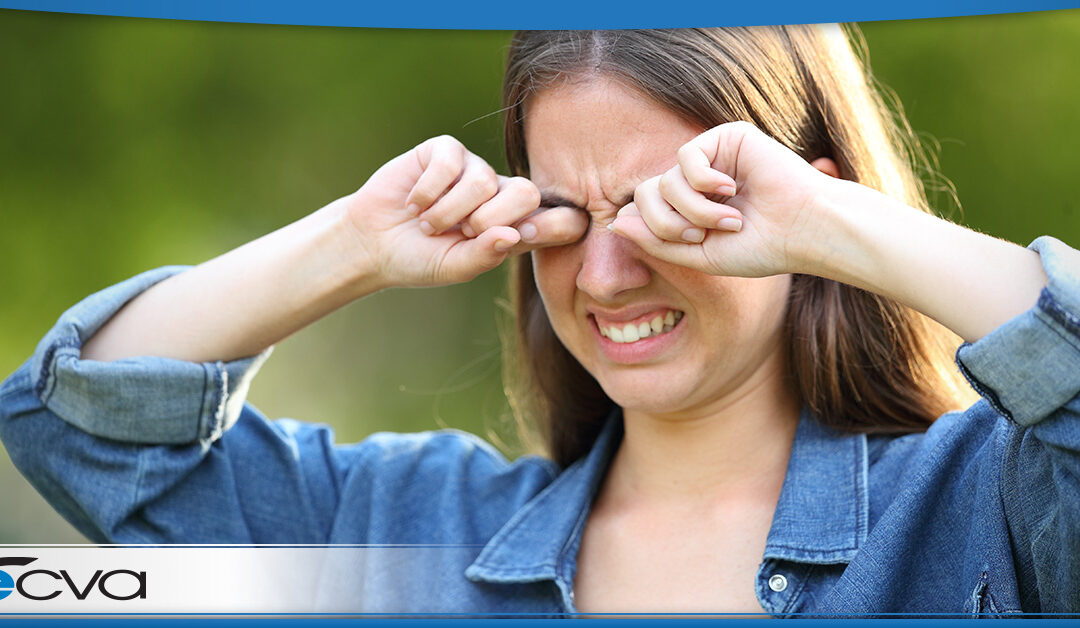
by ecvaeyeadminz | Aug 18, 2022 | Eye Health
Dry eye is a relatively common condition where tear production doesn’t sufficiently keep the eye lubricated. The cause can vary, though it usually falls into one of two categories. First, the eye may not produce enough tears. Second, the tear composition may not...
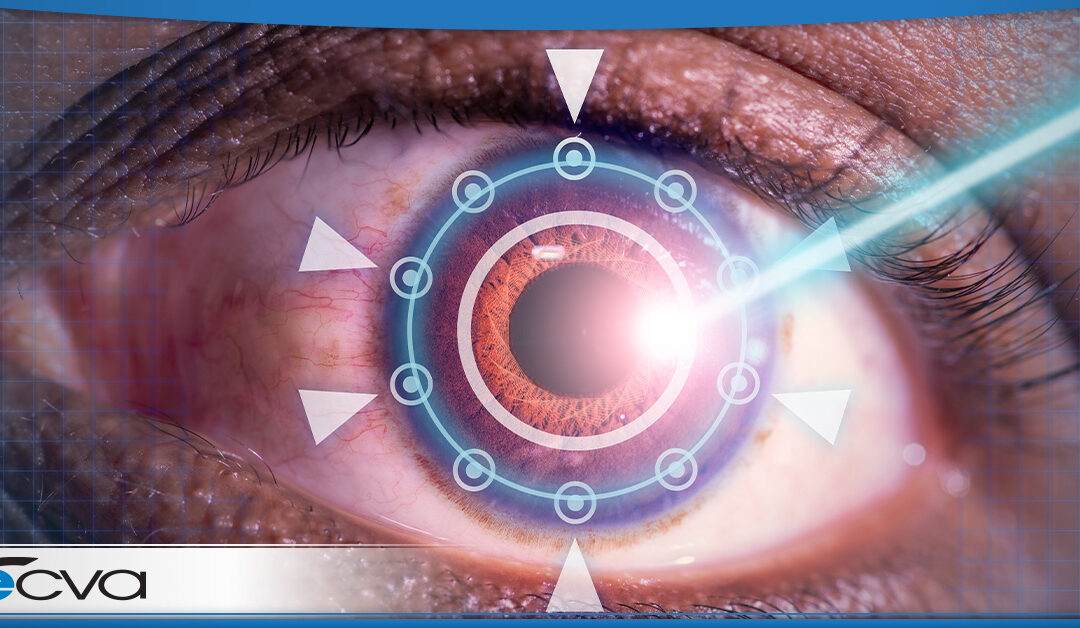
by ecvaeyeadminz | Aug 5, 2022 | Eye Health
For many people who’ve spent time wearing contact lenses or glasses, Lasik may seem like an attractive alternative. Depending on various factors, Lasik could restore your vision or, at a minimum, reduce the need for corrective lenses. However, not everyone...
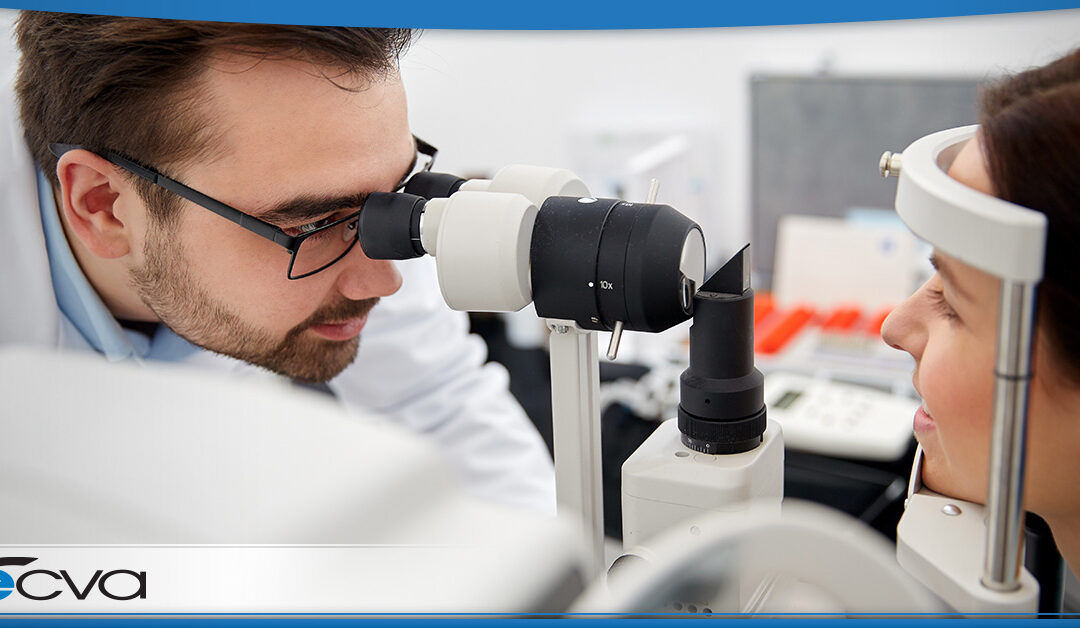
by ecvaeyeadminz | Jul 21, 2022 | Eye Health
Retinal detachment is a severe medical condition that can cost you your vision. As a result, it should always be taken seriously, as quick action is generally essential if you want to preserve your sight or repair any damage. However, many people wonder if...
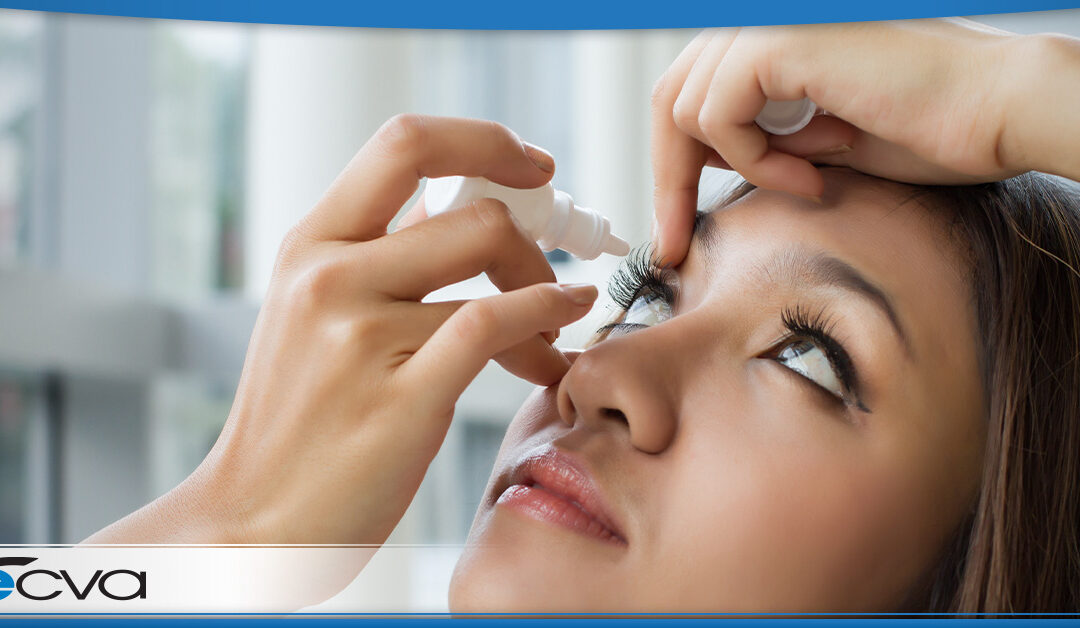
by ecvaeyeadminz | Jul 7, 2022 | Eye Health
When you prepare for an eye appointment, you may discover that your eye care provider will dilate your eyes during the exam. Since that can lead to some mild discomfort in brighter lighting following the appointment and may make driving or other activities difficult...
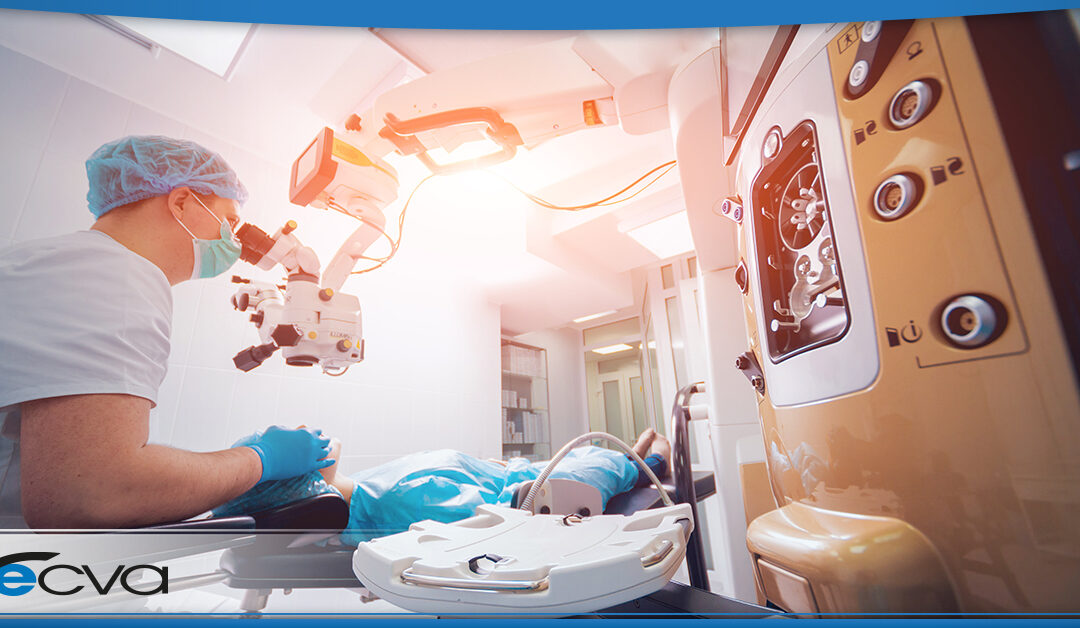
by ecvaeyeadminz | Jun 10, 2022 | Eye Health
Laser-assisted in situ keratomileusis – also known as LASIK – is a popular outpatient procedure for treating nearsightedness, farsightedness, and astigmatism. Millions of people have chosen to use LASIK to correct their vision, allowing them to see more clearly...

by ecvaeyeadminz | May 19, 2022 | Eye Health
Many people know that vision changes can occur at any time. However, if your vision is declining year after year or suddenly takes a turn for the worst, you may wonder why it’s happening. Here is a look at common reasons for declining vision, as well as...







